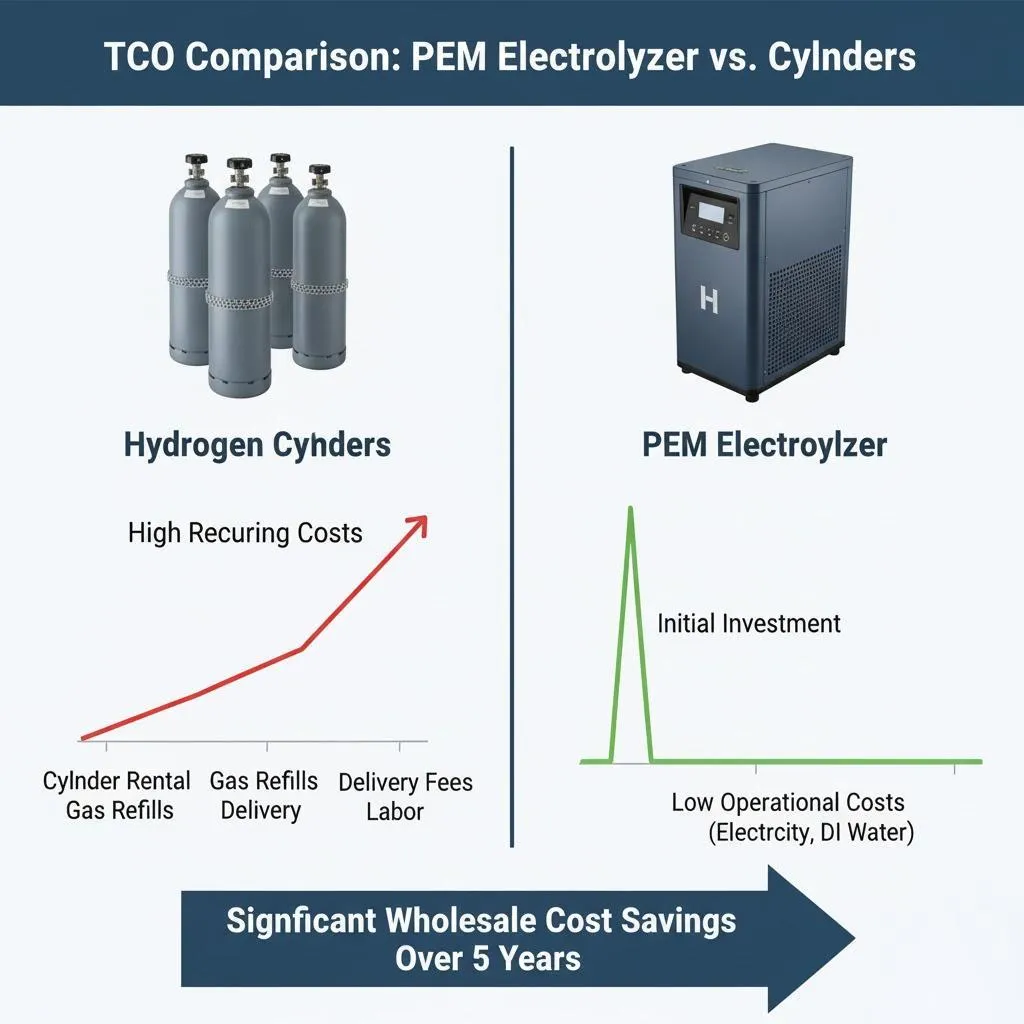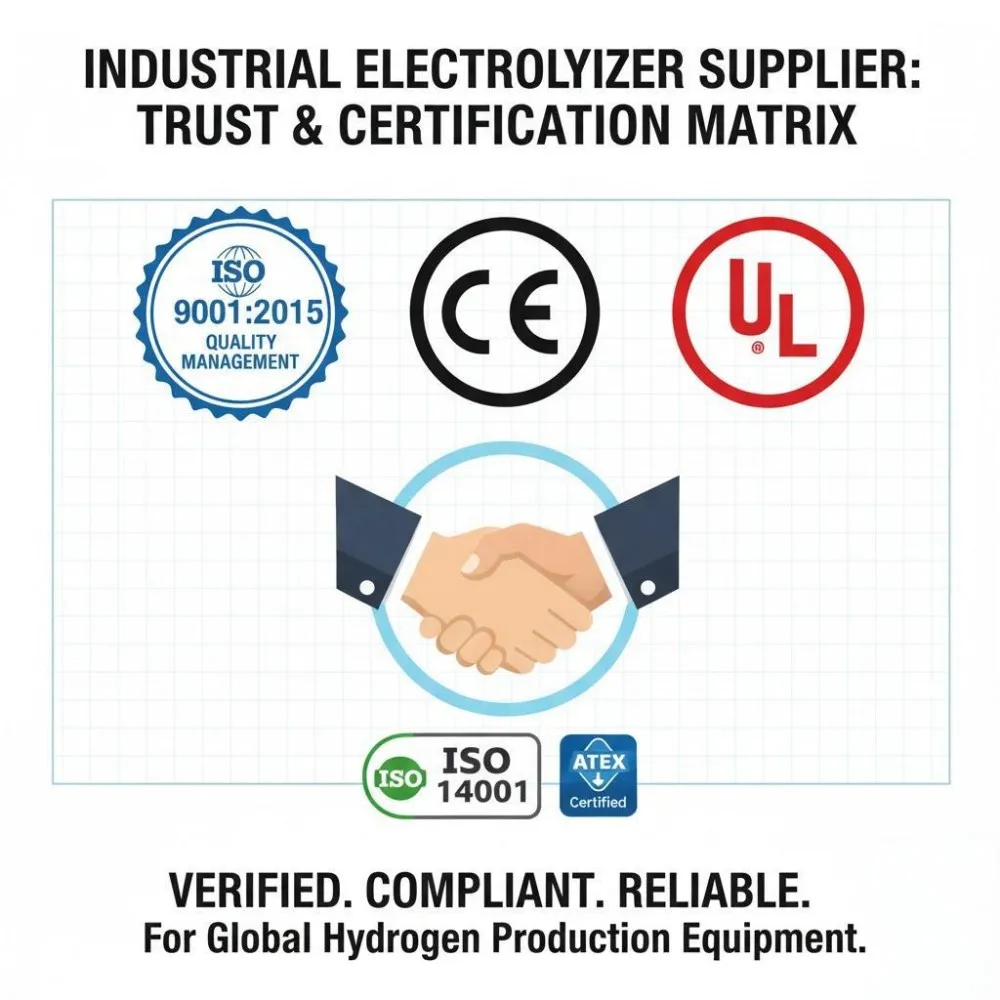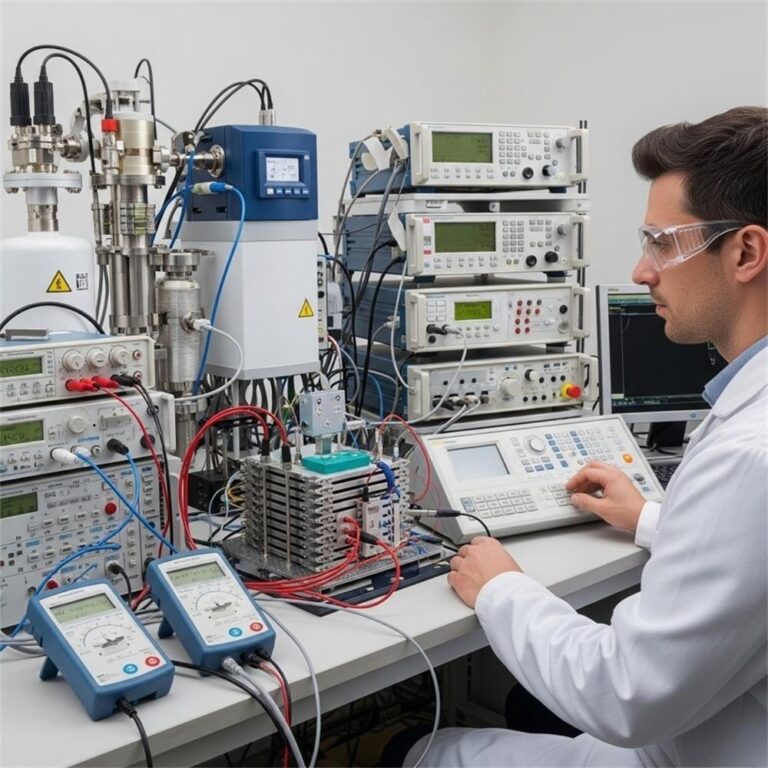1. Introduction to Residential Hydrogen Applications
As the world moves toward cleaner energy, more homeowners are exploring home portable hydrogen generators to support sustainable living. Residential hydrogen use is no longer a futuristic dream—it’s becoming a practical solution.
From powering hydrogen fuel cell vehicles, to serving as backup energy during outages, and even cooking with hydrogen stoves, home-based applications are expanding rapidly. What’s more, on-site hydrogen generation means you can reduce reliance on fuel deliveries and gain energy independence.
The growing demand stems from the flexibility, low emissions, and increasingly affordable equipment now available for everyday households.
2. Understanding Electrolysis Technologies
How Water Electrolysis Works
Hydrogen generators operate via electrolysis, a method of splitting water (H₂O) into hydrogen (H₂) and oxygen (O₂) using electricity. This is clean, especially when powered by solar or wind energy.
What is SPE (Solid Polymer Electrolyte)?
SPE systems use a solid polymer membrane as the electrolyte. Water travels through the membrane, where electric current facilitates the hydrogen-oxygen split. These systems are typically simple, compact, and ideal for home use.
What is PEM (Proton Exchange Membrane)?
PEM technology, although similar in structure, uses advanced membrane materials that allow only protons to pass through, blocking gases and impurities. This leads to high-purity hydrogen, making it ideal for sensitive uses like fuel cells.
Key Differences in Membrane Materials
| Feature | SPE Membrane | PEM Membrane |
|---|---|---|
| Material | Basic solid polymer | Advanced proton-conductive polymer |
| Durability | Moderate | Higher, but more costly |
| Purity Performance | Good | Excellent (ideal for vehicle fuel) |
| Cost Efficiency | High | Moderate to High |
3. SPE vs PEM: Technology Comparison
Efficiency
PEM systems often run at higher efficiency rates (up to 80%) compared to traditional SPE (around 60-70%), though the gap is closing as newer SPE units emerge.
Hydrogen Purity
PEM wins with 99.999% purity, perfect for fuel cells. SPE typically offers around 95-98%, still suitable for heating or minor energy storage.
Operational Temperature
- PEM: Operates at 50–80°C
- SPE: Runs cooler, 30–60°C, ideal for simpler setups
Maintenance Needs
PEM systems tend to need more sophisticated maintenance, including periodic membrane replacement and coolant handling. SPE systems are more plug-and-play for daily household use.
System Lifespan
- PEM: 10–15 years with regular upkeep
- SPE: 5–10 years, though simpler to repair and replace
4. Product Features for Home Use
When shopping for a residential hydrogen generator, these features matter:
- Portability: Look for under 50 kg weight for mobile use.
- Power Source Compatibility: Can it run on solar panels or just grid power?
- Hydrogen Output: 300–1000 L/hr is suitable for most home tasks.
- Smart Automation: App integration, safety shutdown, pressure control.
- Renewable Integration: Some models sync with solar inverters or battery systems.
5. Cost Analysis for Residential Systems
Here’s how costs break down:
| Feature | SPE | PEM |
|---|---|---|
| Initial Cost | $1,000–$3,000 | $3,500–$8,000 |
| Operational Cost (monthly) | $20–$40 (based on power use) | $35–$60 |
| Replacement Parts | ~$200/year | ~$500/year |
| ROI Timeline | 3–5 years | 5–7 years |
A lot depends on how often you run the system and the local cost of electricity.
6. Safety Considerations for Home Hydrogen
Hydrogen is flammable, but modern generators are built with safety in mind:
- Pressure and Overheat Sensors: Stop production in dangerous conditions.
- Ventilation Design: Ensures gas dispersion in case of minor leaks.
- Leak Detection: Sensors sound alarms if gas escapes.
- Certifications: CE, UL, and ISO compliance indicate rigorous safety testing.
- Storage Tanks: Choose composite tanks with pressure relief valves.
7. Choosing the Right System for Your Needs
Consider these factors before buying:
- Frequency of Use: Daily users benefit more from PEM; occasional users can save with SPE.
- Space & Installation: SPE is lighter and more compact.
- Budget: SPE is cost-effective; PEM is performance-driven.
- Climate: PEM handles heat better; SPE is good in cooler areas.
- Warranty & Support: Go for brands offering 3–5 year warranties and local service.
8. Future Developments in Home Hydrogen Tech
The industry is evolving fast:
- Next-Gen Membranes: Improving PEM durability and SPE efficiency.
- Smart Features: IoT-based apps that track hydrogen usage and system health.
- Price Drops: Manufacturing scale is pushing costs down.
- Government Incentives: Policies in Europe, the U.S., and Japan are subsidizing residential hydrogen setups.
9. Conclusion & Final Recommendations
Both SPE and PEM hydrogen generators have distinct advantages. For high-purity applications and future vehicle integration, PEM is superior. But for simple, cost-effective energy needs, SPE units are a smart investment.
Top 3 Considerations When Buying:
- Intended use (fuel cells vs. home heating)
- Budget and ROI expectations
- Safety and support features
If you’re ready to make the switch to clean hydrogen energy, start by identifying your primary needs and matching them to the technology that fits best.
10. Frequently Asked Questions (FAQs)
Q1. Is it safe to use hydrogen generators at home? Yes, modern systems have sensors, automatic shutoffs, and are built to meet strict international safety standards.
Q2. Can I use solar panels to power my hydrogen generator? Absolutely. Both SPE and PEM systems can be paired with solar for a fully green setup.
Q3. How much hydrogen do I need for basic home use? About 500 liters/day is enough for light heating or backup energy; vehicle refueling needs more.
Q4. Which is better for beginners: SPE or PEM? SPE is simpler and cheaper, making it ideal for newcomers.
Q5. How often does the system need maintenance? SPE needs annual filter checks; PEM requires semi-annual maintenance depending on use.
Q6. What certifications should I check before buying? Look for CE, UL, ISO 22734, and possibly RoHS compliance for electronics safety.







